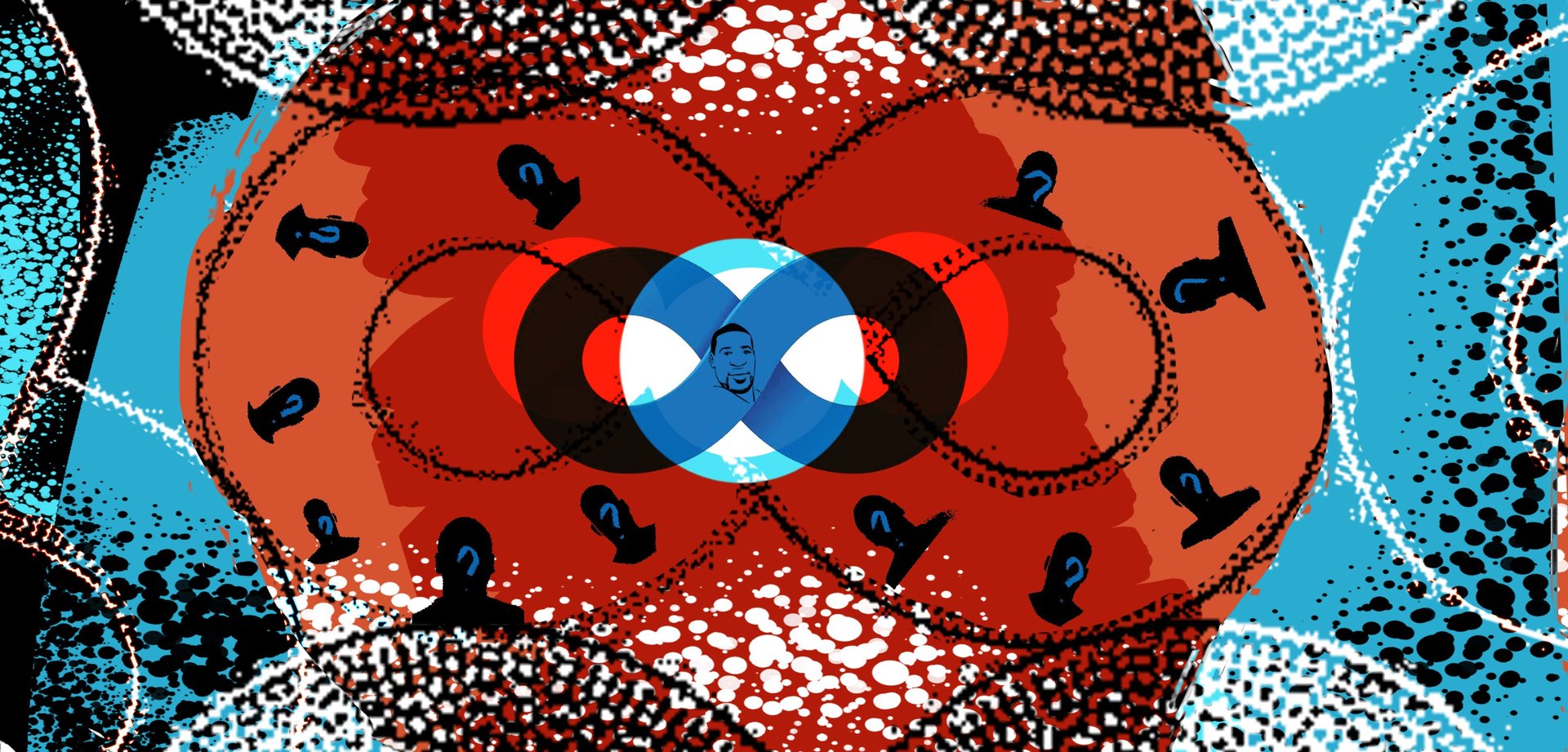A year after George Floyd’s murder, the business community tries to do better
One year ago, millions of people took to the streets, incited to action by the murder of George Floyd at the hands of a police officer. What followed was renewed—and justified—scrutiny of institutions like law enforcement and government, for how they perpetuate inequality and white supremacy.


One year ago, millions of people took to the streets, incited to action by the murder of George Floyd at the hands of a police officer. What followed was renewed—and justified—scrutiny of institutions like law enforcement and government, for how they perpetuate inequality and white supremacy.
The private sector, typically inclined to ignore such reckonings, was this time pressured to take a stand. Companies instituted external-facing initiatives and philanthropy to reflect their values and allyship. They turned inward, too, examining biased corporate cultures and accounting for systemic inequities. The national progression towards consciousness wasn’t linear—its backdrop has been a climate of violence against Black and Asian people—but it was promising.
So in the weeks leading up to this solemn anniversary, we wondered: What has really changed in the past year? Are the uncomfortable but important conversations sparked by Floyd’s death having an actual impact, still?
Quartz put that question to several business leaders, whose answers we published as a series of op-eds that make up our field guide this week. As you read these pieces, we hope you’ll find encouragement and resolve in the blueprints for progress they provide.
Looking ahead can help us see how much there is to do, but reflecting is just as important: It forces an assessment of how far we’ve really come. After the public pressure subsides and the chorus of calls for change quiets, it can be difficult to maintain a focus on racial equity. That’s the exact moment the work truly begins.
Reading list
How to build an anti-racist company (Quartz). This field guide, published in June 2020, offers fantastic advice for people running or working at companies working to combat injustice.
How to do reparations (Quartz). This series takes a present and historical look at how reparations have been done, and how they could be implemented for Black Americans.
We finally saw George Floyd’s video for what it was (Quartz). This essay, in response to the conviction of Derek Chauvin for murdering George Floyd, pairs well with this piece about how to talk about it at work.
Reckoning with a reckoning (New York Magazine). This entire issue is devoted to a look back at the aftermath of George Floyd’s murder. We particularly enjoyed this piece on the continued need for police reform.
It’s painful to remember. We must remember (Washington Post). A thoughtful essay on what it means to acknowledge the anniversary of the deaths of George Floyd and others.
Read This Powerful Statement From Darnella Frazier, Who Filmed George Floyd’s Murder (NPR). Frazier was 17 when she filmed the incident outside Cup Foods. A year later, she offers her perspective about what that incident meant to her.